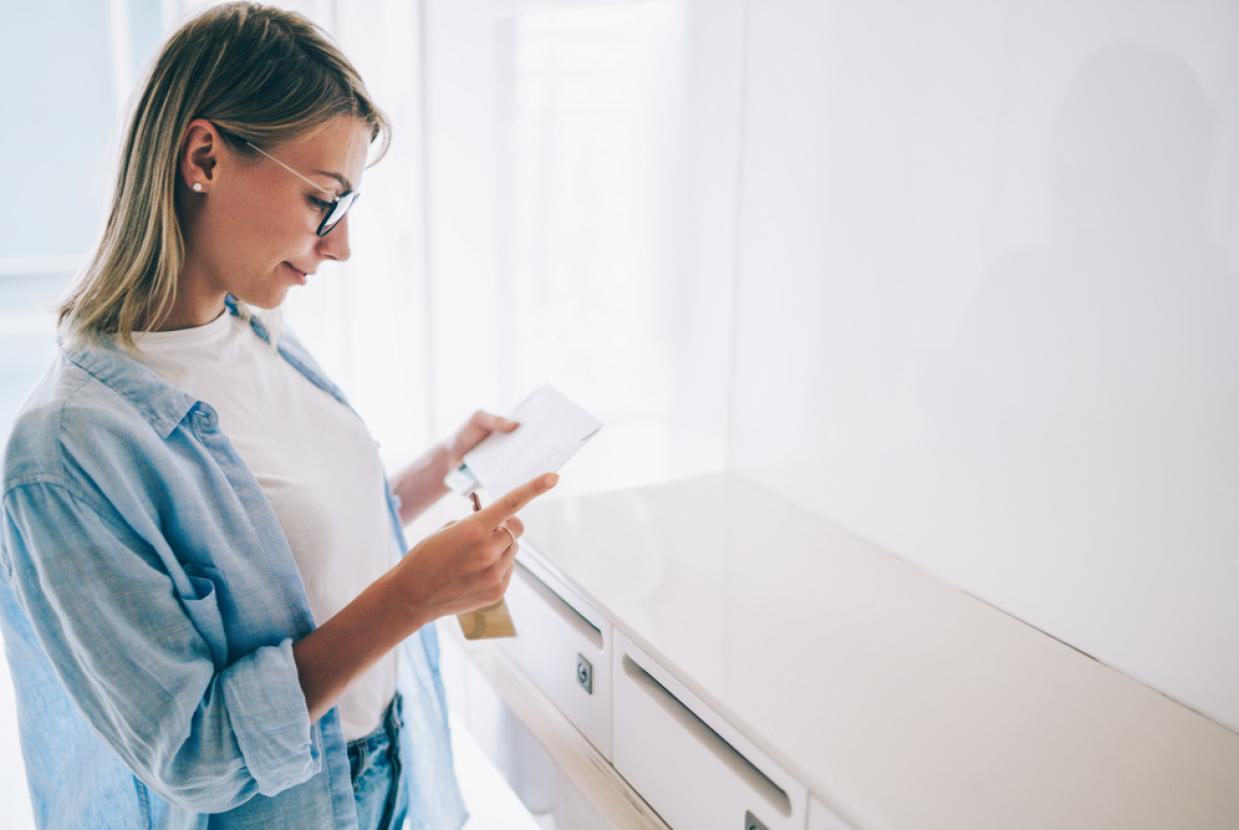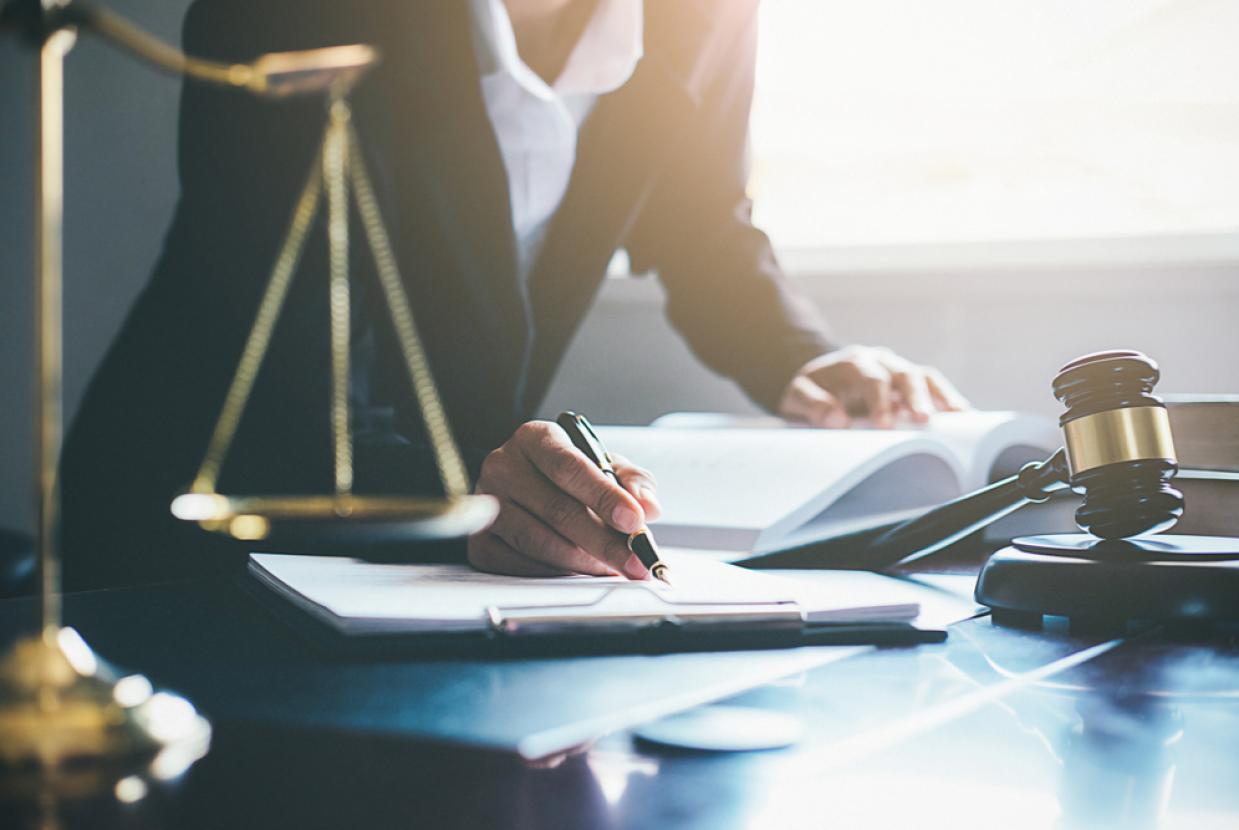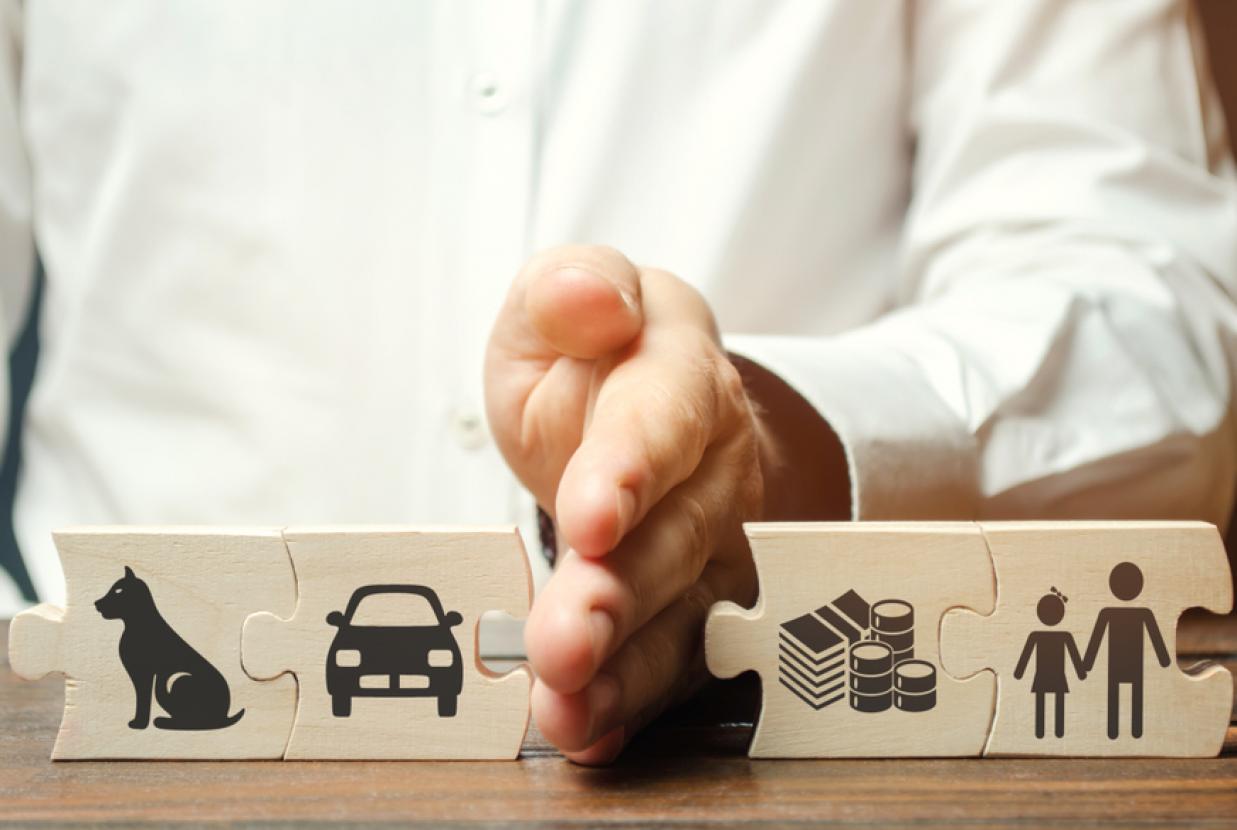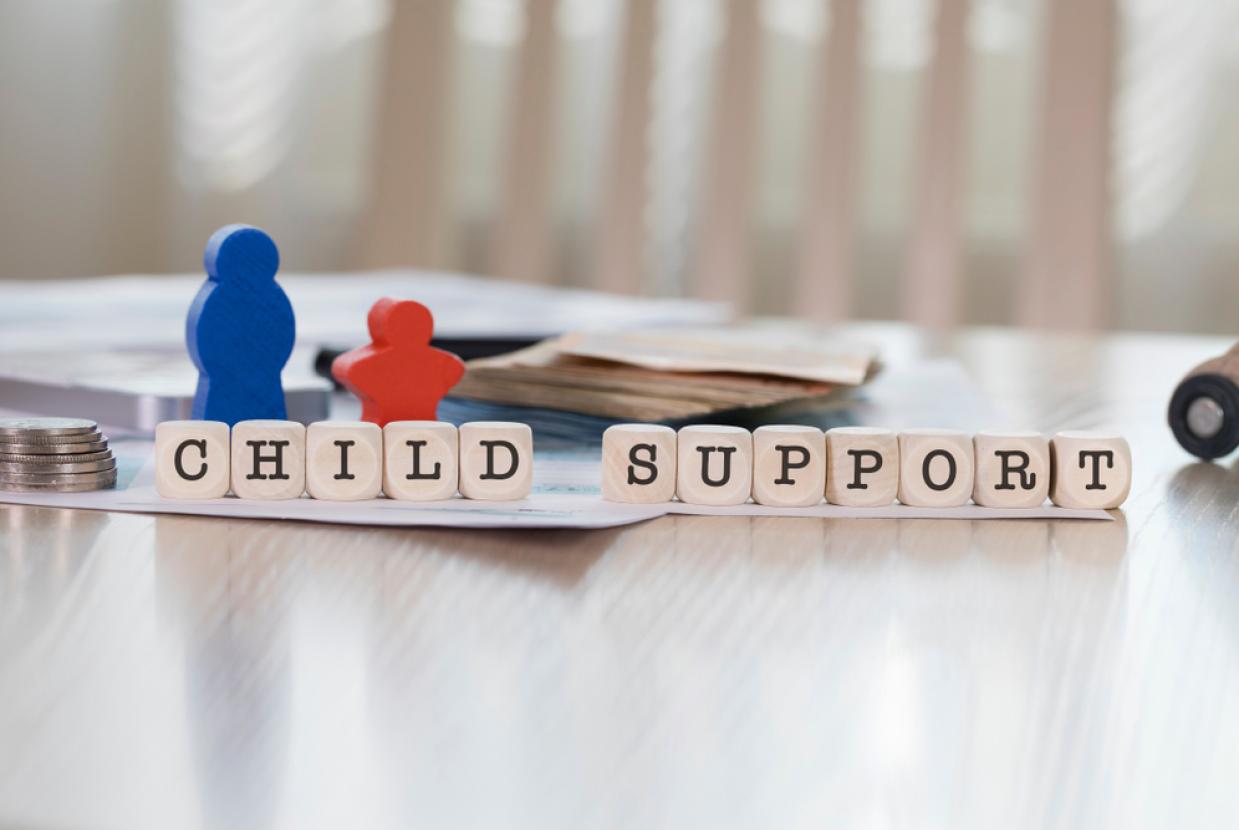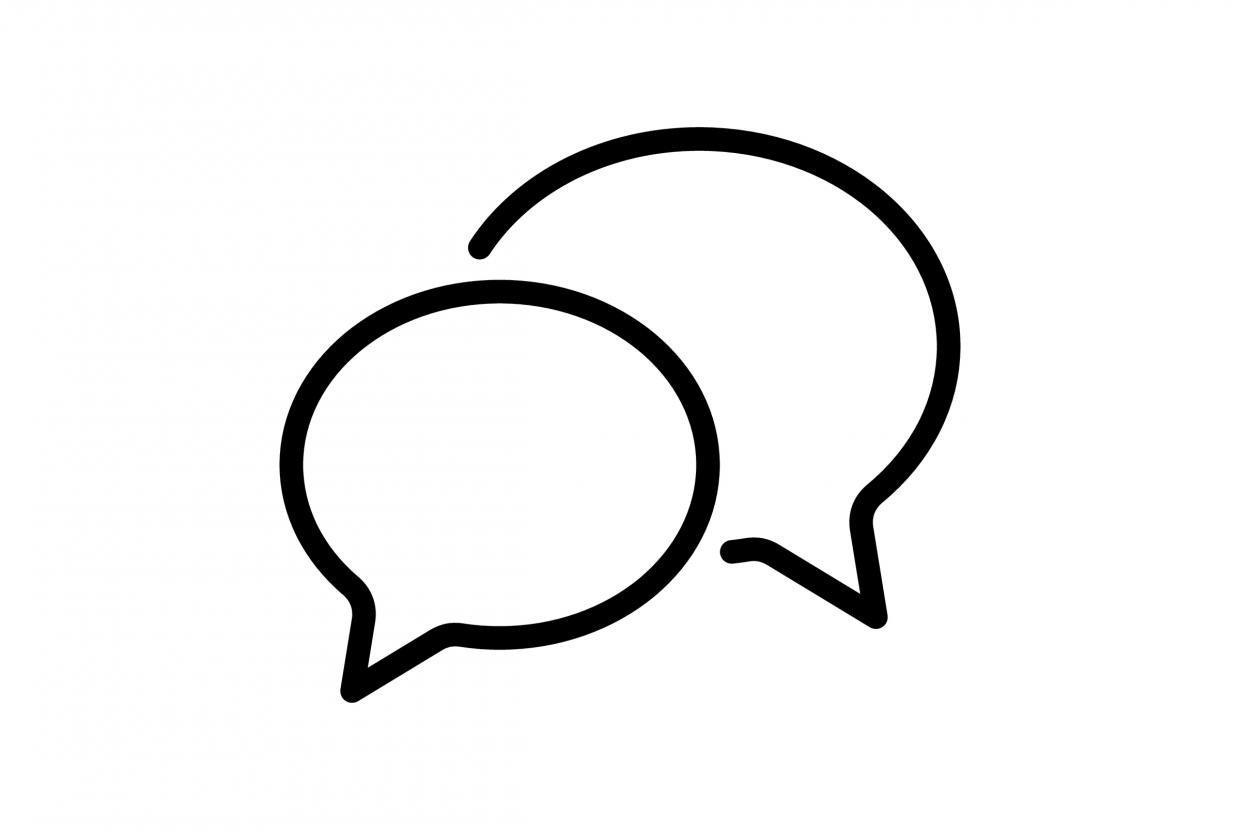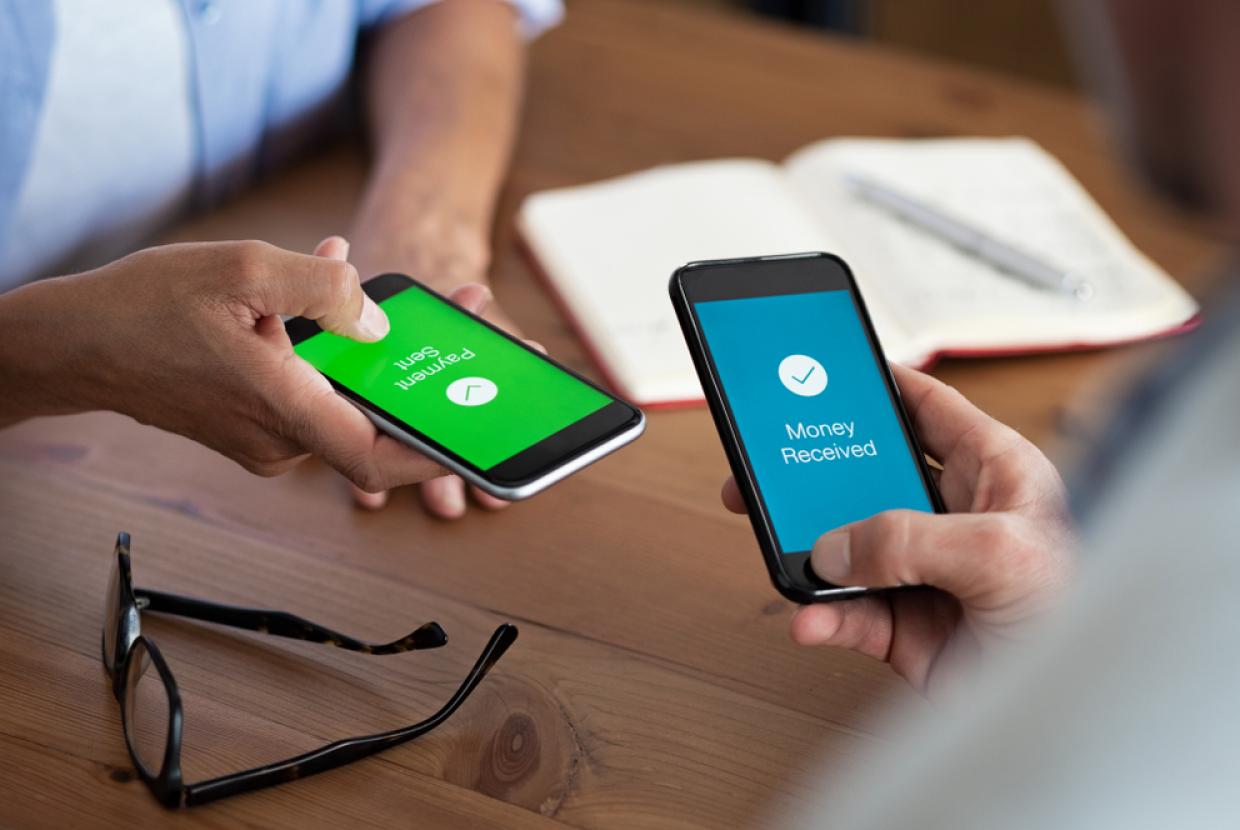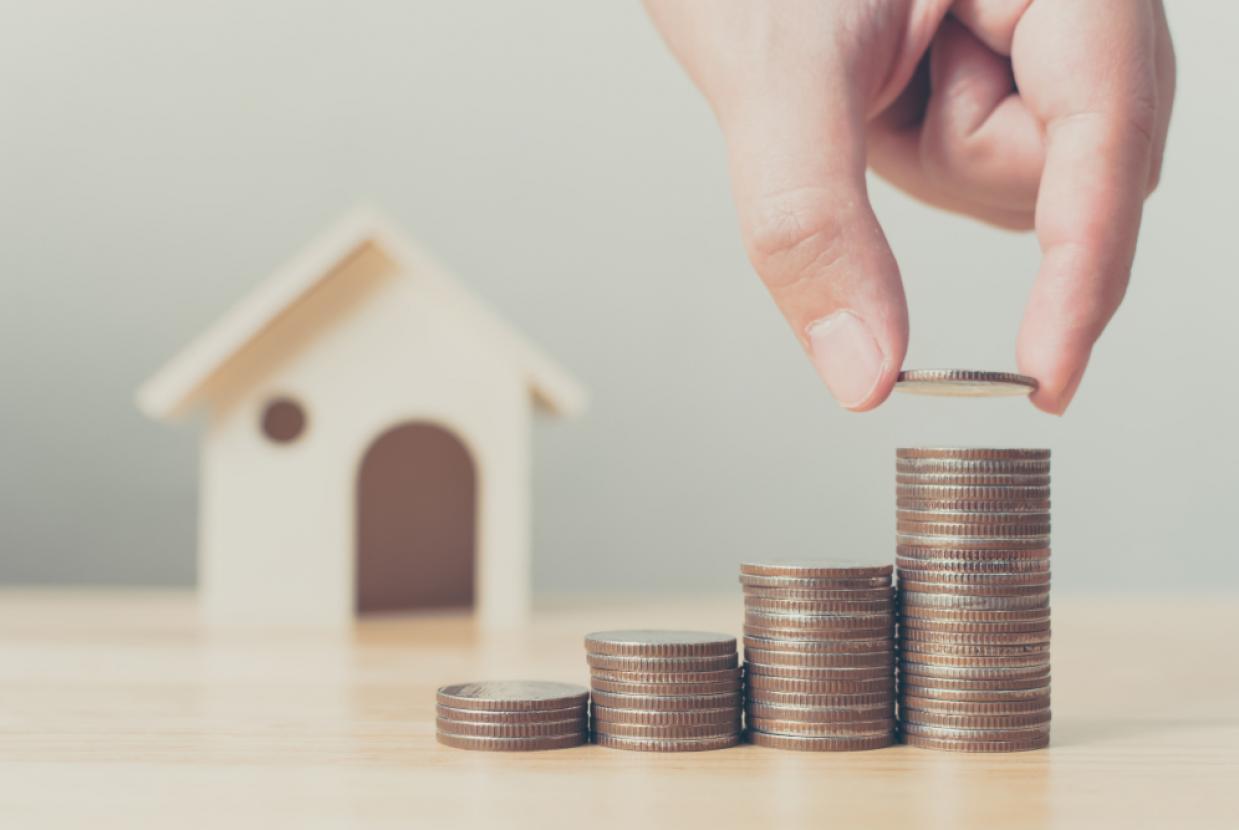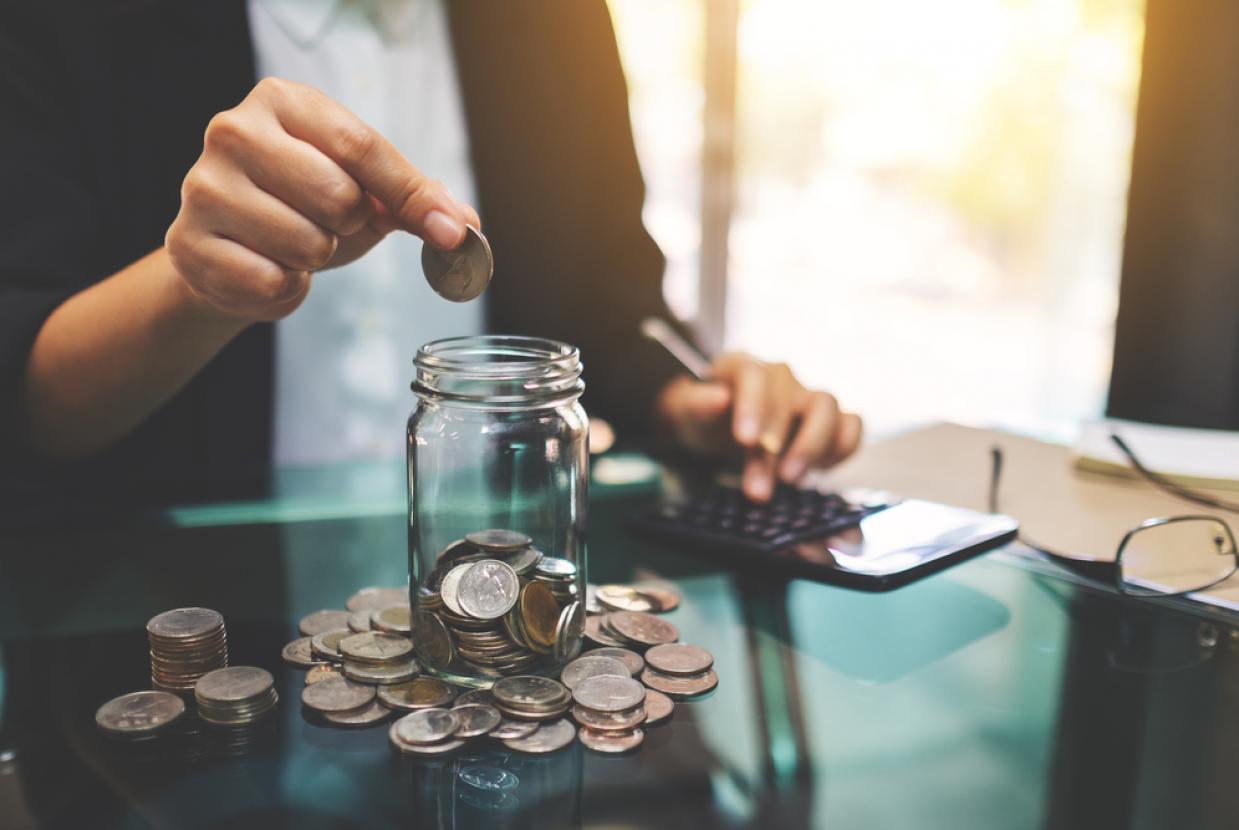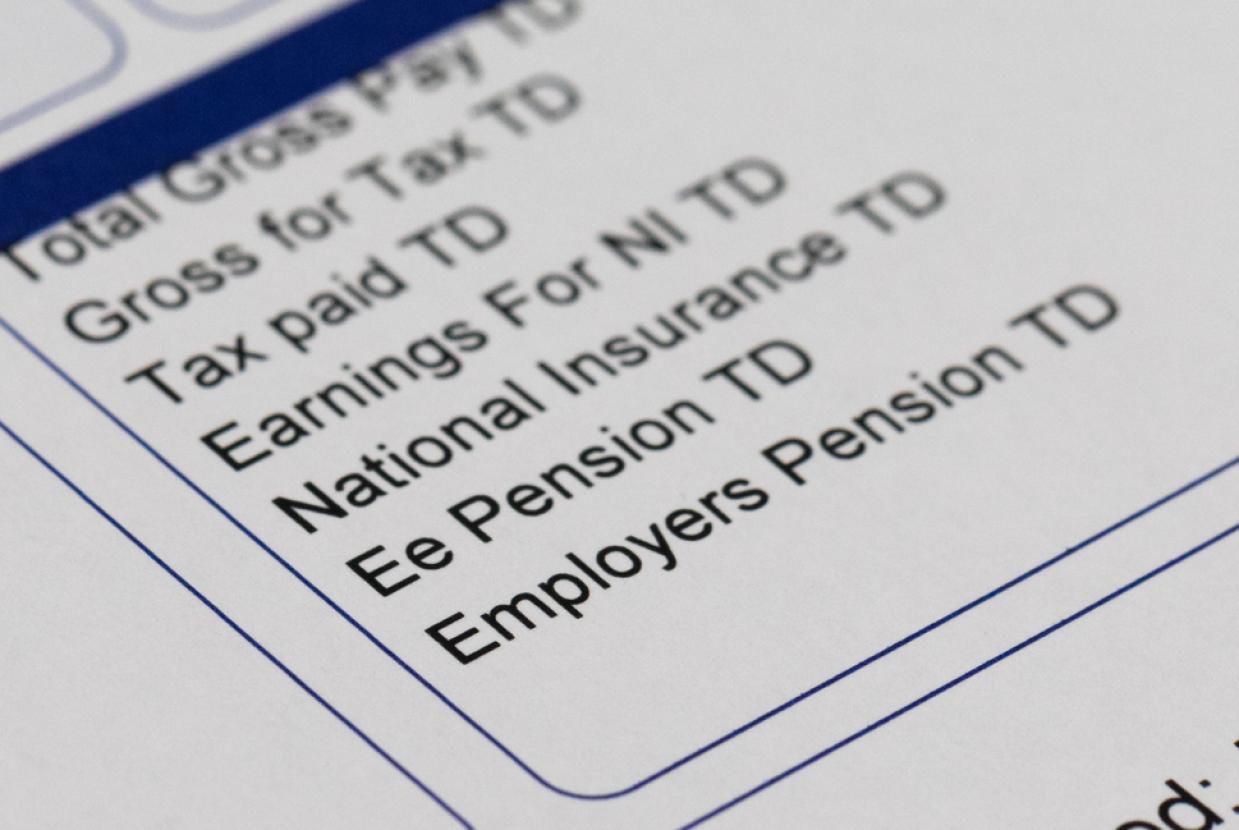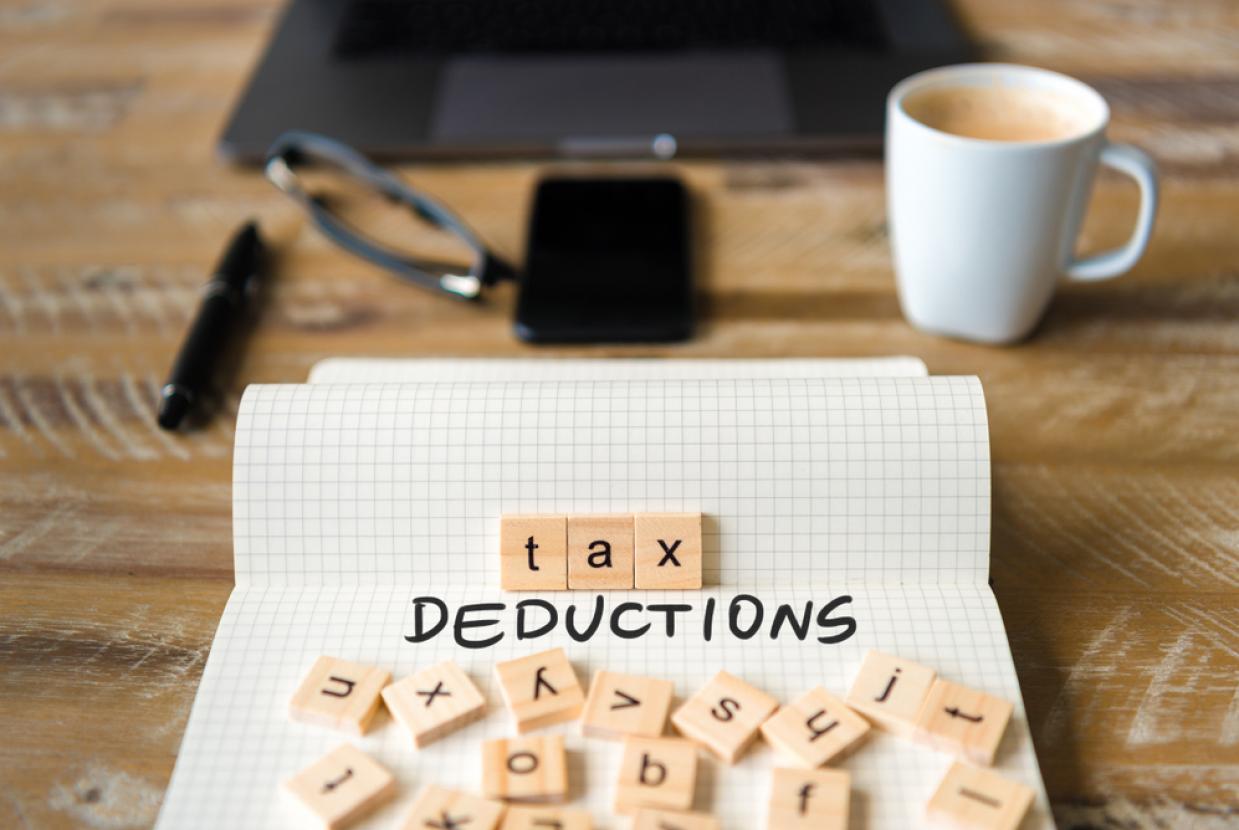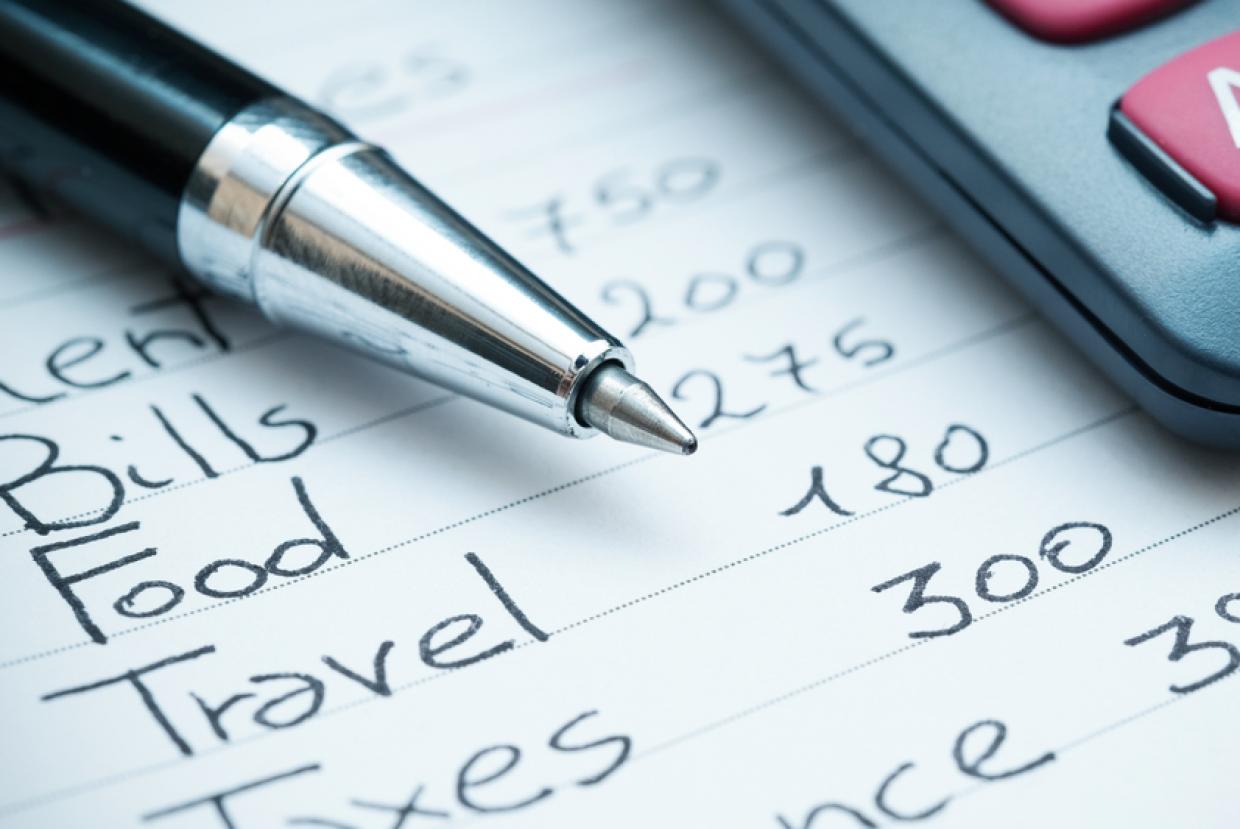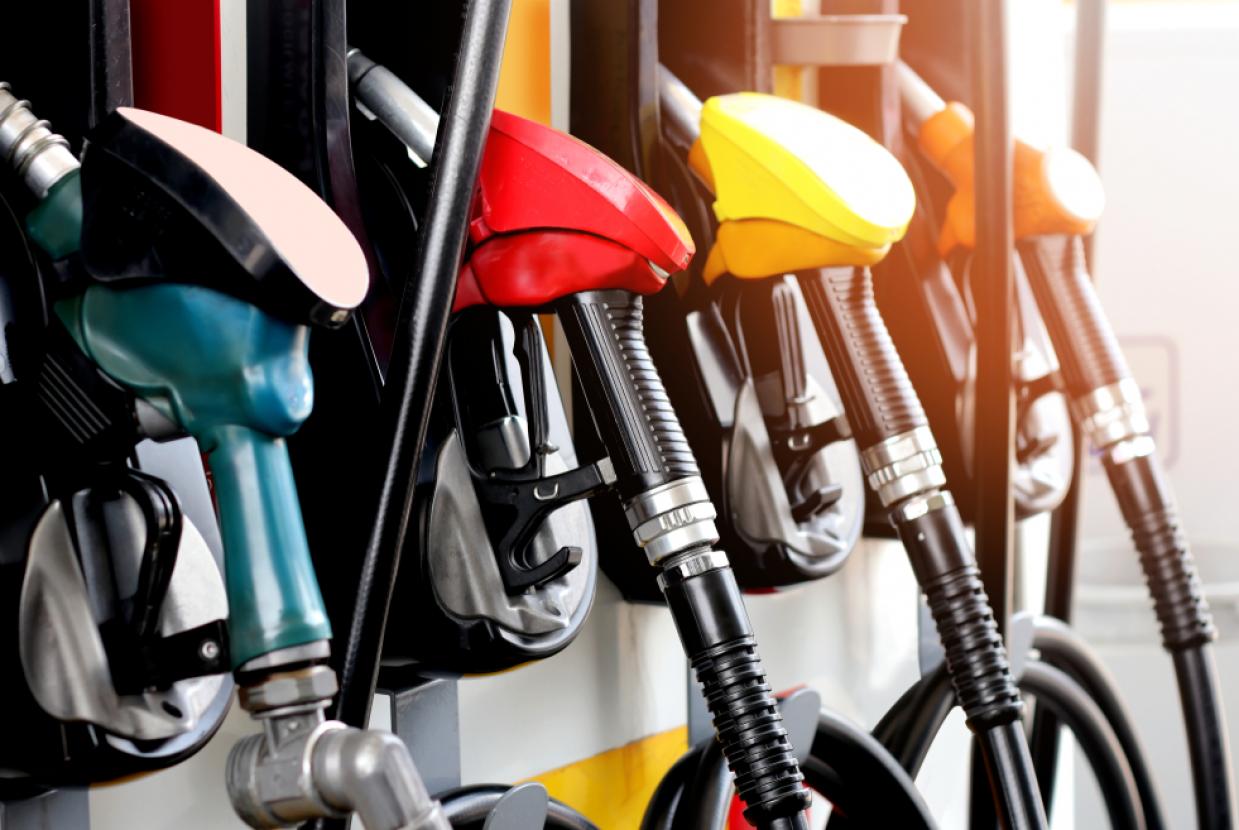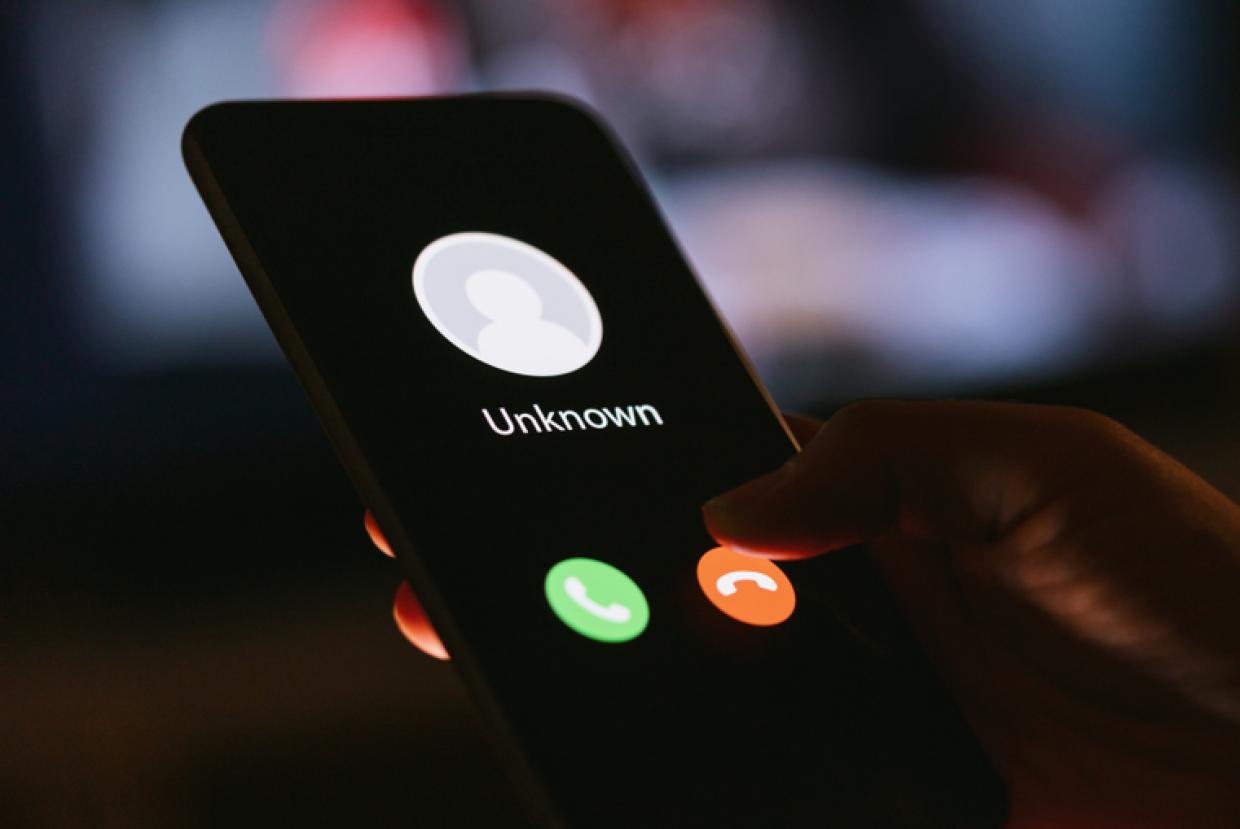Shopping & Paying Safely Online
Financial HealthOnline shopping is a great way to compare prices, find bargains and save money from anywhere with an internet or mobile data connection. But as its popularity has increased, so have the risks, with more and more people trying to scam you out of your money or steal your card details. Thankfully, if you follow a few simple rules you can have a safe and secure online shopping experience.
Online shopping safety tips
These are some really simple ways to shop safely online you can use every day:
- Research retailers online to make sure they’re legitimate.
- Make sure the website is secure.
- Know your rights and the company’s returns policy.
- Keep software and virus protection up-to-date and use strong passwords for online accounts.
- Don’t use public wi-fi. Your standard data connection is more secure.
- Pay using a credit card. You’ll have more protection. Or use online services such as PayPal – so scammers can’t get hold of your bank details.
- Be smart. If a deal looks too good to be true, it probably is.
How to shop safely online
Research the website and seller
There are thousands of shopping websites on the internet, many with thousands more independent sellers. The majority of these are perfectly legitimate, but spotting the fraudulent ones takes a bit of research.
If you’re using a website you haven’t used before, search for them online to see if they have any negative feedback. For independent sellers on a website, you can check out their online reviews on a site such as TrustPilot
Better known ecommerce websites are more reliable, but they can still be vulnerable to pharming attacks. You can find out more about these later on.
Returns and counterfeiting
There’s also some information you should find out before buying online:
- How long will delivery take and where is the item being sent from? A UK or Europe-based seller should be able to deliver within a week, if the item is in stock.
- What is the returns policy? If they don’t seem to have one, be suspicious. Knowing what the policy is will help you if something isn’t delivered or arrives broken, even if the seller wasn’t trying to scam you.
There’s also a large online market for selling counterfeit goods. These can be hard to spot, even when you’ve got the product in your hand.
But being aware of this, and researching what the real thing would cost, will give you an idea of when an offer is too good to be true.
How you can tell if a website is secure
Only ever put your card details into secure websites. Look for the following signs to know you’re shopping safely.
Be aware that this only means the site is secure, not that the seller is honest.
Padlock symbol
There should be a padlock in the address bar next to the website address.
Website address
This should start with https://. The ‘s’ stands for secure.
Green address bar
On certain browsers and websites, the address bar will turn green.
Valid certificate
If you click the padlock symbol or just to the left of the address bar, you should see information on the site certificate.
This should tell you who has registered the site. If you get a warning about a certificate, avoid the website.
Learn more about secure websites on the Get Safe Online website.
What are website pharming scams
You also need to be aware of pharming scams – where fraudsters attack the website you’re trying to use.
It will appear as if you’ve gone to the correct website, but it’s a fake version designed to steal your information. Look out for strange-looking web addresses with a selection of numbers or a different spelling.
Online security
There are several things you can do to keep yourself safe online.
Make sure your software and anti-virus protection is up-to-date. Updates often contain changes that help protect you and your devices from scammers and online criminals.
Always choose strong passwords for your online accounts, using a combination of upper case, lower case, number and special characters. Using a phrase or sentence is good practice.
Wi-fi security
Make sure the internet connection you’re using is secure. Don’t use public wi-fi in coffee shops, shopping centres and other places to:
- shop online
- use internet banking, or
- anything requiring you to send personal information.
This is because public wi-fi is often unsecure. This means any information you send while connected to these networks can be accessed by fraudsters.
Even your ordinary mobile data is more secure than public wi-fi.
Safest way to buy online
Protecting yourself when paying is very important. You might lose a bit of money if you buy from a fake seller. But you can lose a lot, or even everything, if your details get stolen.
Many banks and building societies are adding extra security when you buy online, involving two-factor authorisation (2FA).
This means when you’re at an online checkout you’ll have to pass an extra level of security to prove it’s you making the purchase.
The most common form of 2FA is a one-off code, sent by text message, to the phone number registered to the account. However, it could also involve a security question, logging into your mobile banking app, or a fingerprint scan.
Using an e-money service like PayPal is worth considering as you don’t have to give out your card details.
How you’re protected using a card to buy online
Under section 75 of the Consumer Credit Act, paying by credit card will also give you added protection on purchases over £100 up to £30,000. This means the card provider has equal responsibility with the seller for faulty, unsatisfactory or undelivered items.
You might also be covered for purchases under £100 made on a debit or credit card under a voluntary scheme called chargeback. This allows you to claim a refund from your card provider if a purchase doesn’t arrive or is faulty.
What to do if something goes wrong
The first step, if you have been sent the wrong or defective items, should be to contact the online seller and the website you used such as eBay or Amazon.
If you paid on card and you’re not happy with the retailer’s response, or you have received no response, contact your card provider. If you think your card has been used fraudulently, let your bank know straight away so they can stop it being used any further.
As long as you haven’t acted fraudulently or negligently, you’ll usually get your money back from your card company if your card details are used online by a criminal to commit fraud.













